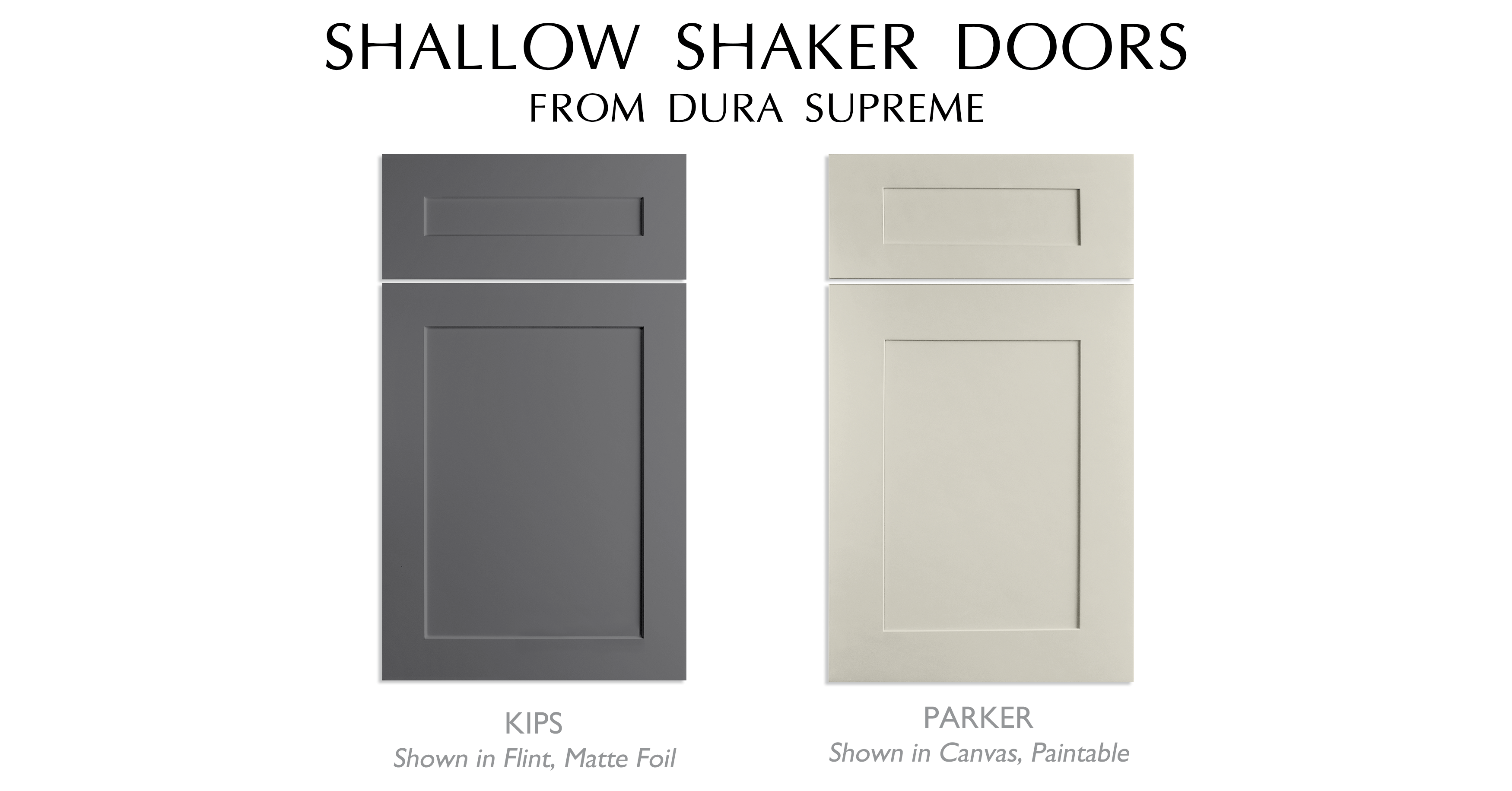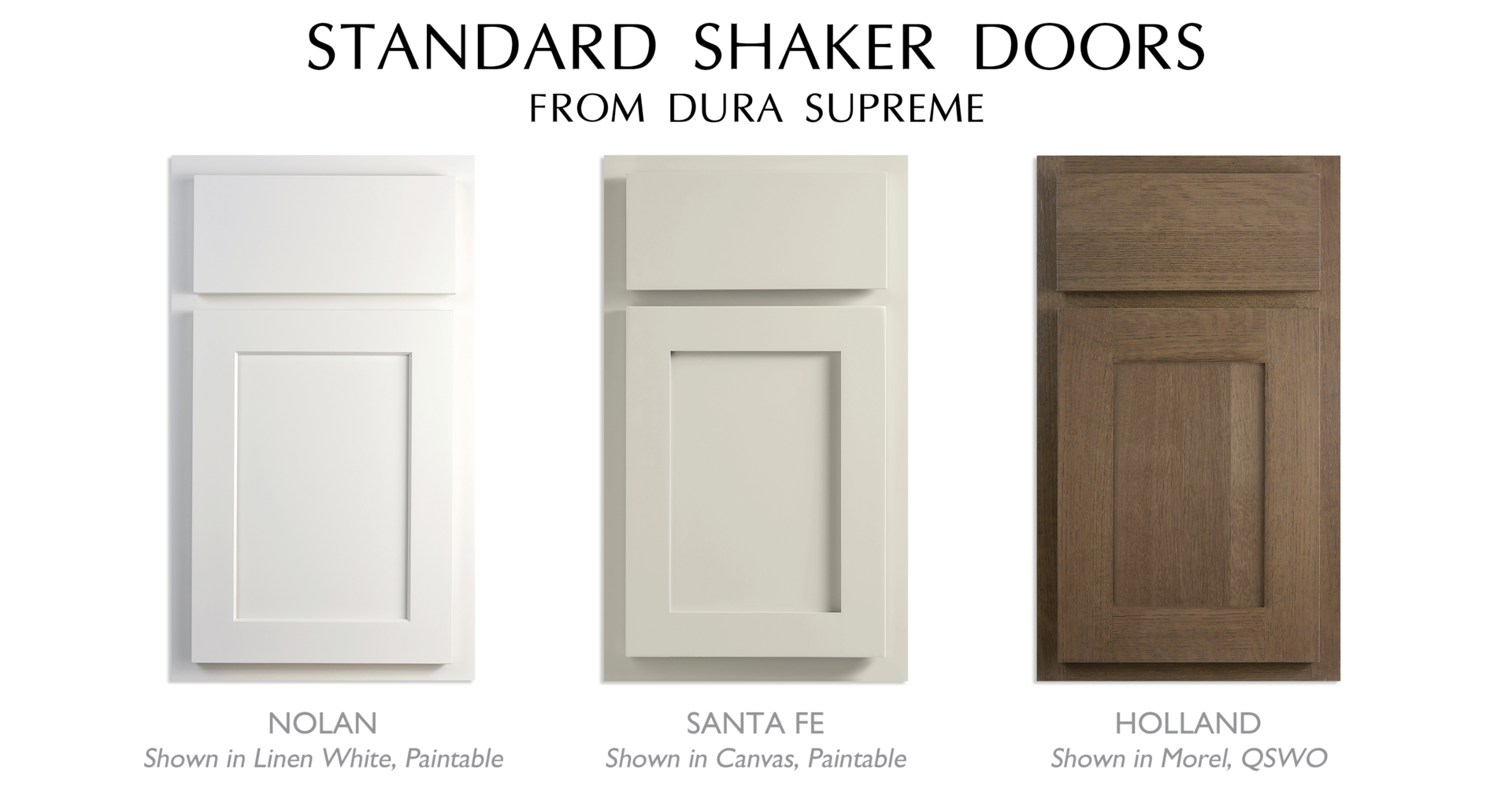Shaker Cabinet Door Construction

Ah, the Shaker cabinet door – a paragon of understated elegance, a testament to the power of simple lines. But beneath that serene exterior lies a world of carefully considered proportions, a subtle dance of rails and stiles that determines the overall aesthetic. Let’s delve into the fascinating world of Shaker cabinet door construction, specifically focusing on the crucial dimensions of its constituent parts.
Standard Rail and Stile Widths in Shaker Cabinet Doors
The beauty of the Shaker style lies in its simplicity, and this extends to the consistent proportions found in its cabinet doors. While there’s no single, universally enforced standard, certain ranges are commonly employed to achieve that characteristically clean and balanced look. Rail widths (the horizontal pieces) typically fall between 2 1/2 inches and 4 inches, while stile widths (the vertical pieces) generally range from 2 1/4 inches to 3 1/2 inches. These ranges allow for flexibility in design, catering to different cabinet sizes and personal preferences, without sacrificing the essential Shaker aesthetic. Think of it as a carefully choreographed waltz between the horizontal and vertical elements.
Common Rail and Stile Width Combinations for Different Cabinet Door Sizes
The following table showcases common combinations, demonstrating how rail and stile widths are adjusted to suit various door sizes. Remember, these are guidelines, not strict rules; a skilled craftsman might subtly deviate to achieve a specific visual effect. The “Typical Application” column is purely suggestive and based on common practice.
| Door Size (Approximate) | Rail Width (inches) | Stile Width (inches) | Typical Application |
|---|---|---|---|
| 12″ x 12″ | 2 1/2 | 2 1/4 | Small pantry doors, upper cabinets |
| 18″ x 24″ | 3 | 2 1/2 | Standard base cabinets, medium-sized wall cabinets |
| 24″ x 30″ | 3 1/2 | 3 | Larger base cabinets, taller wall cabinets |
| 30″ x 36″ | 4 | 3 1/2 | Extra-large base cabinets, double-door cabinets |
Impact of Rail and Stile Width on Shaker Cabinet Door Aesthetics
The relationship between rail and stile width profoundly influences the overall aesthetic. Wider rails can create a more substantial, perhaps even rustic feel, while narrower rails lend a sense of lightness and airiness. Similarly, wider stiles can emphasize verticality, giving the door a taller, more slender appearance, while narrower stiles contribute to a more horizontally oriented, broader visual effect. The perfect balance is a matter of personal taste and the overall design of the kitchen, but striking that balance is where the magic happens. It’s like finding the perfect harmony in a musical composition – a delicate interplay of elements creating a cohesive whole.
Shaker Cabinet Door Styles and Their Dimensional Variations

Ah, the Shaker cabinet door – a testament to simple elegance and the enduring power of a well-placed groove. But beneath that veneer of understated sophistication lies a world of dimensional intrigue, a veritable rabbit hole of rail and stile widths. Let’s delve into the delightful details, shall we? Prepare for a rollercoaster of proportions!
The dimensions of the rails and stiles in Shaker cabinet doors are far from arbitrary; they are the backbone of the style’s distinctive character. These seemingly insignificant measurements profoundly impact the overall aesthetic, influencing the door’s visual weight, perceived size, and overall harmony within the kitchen’s design. A subtle change in width can dramatically shift the feel, transforming a rustic farmhouse charm into a sleek, modern minimalist masterpiece (or vice-versa, depending on your whims).
Rail and Stile Dimensions in Different Shaker Styles
The choice of rail and stile dimensions is heavily influenced by the panel style. Flat panel Shaker doors, with their clean, unadorned surfaces, often feature relatively narrow rails and stiles to maintain a sense of lightness and airiness. Imagine a delicate dance between the frame and the panel – a graceful waltz rather than a boisterous tango. Conversely, raised panel Shaker doors, with their proud, three-dimensional panels, tend to utilize wider rails and stiles to provide a robust and visually grounding framework for the prominent panel. Think of it as a sturdy stage for the panel’s star performance. Recessed panel doors, somewhere in between, offer a more subtle interplay of proportions, allowing for a balance between visual weight and clean lines. It’s a Goldilocks situation – not too heavy, not too light, just right!
Advantages and Disadvantages of Varying Rail and Stile Widths, Shaker cabinet door rail and stile width
Understanding the impact of rail and stile widths is crucial for achieving the desired aesthetic. Let’s examine the pros and cons:
Shaker cabinet door rail and stile width – The following list Artikels the advantages and disadvantages of using different rail and stile widths for various Shaker styles. Note that these are generalizations and specific preferences may vary.
- Narrow Rails and Stiles (typically under 2 inches):
- Advantages: Creates a light and airy feel, suitable for smaller kitchens or spaces where a less imposing look is desired. Works particularly well with flat panel doors.
- Disadvantages: Can appear flimsy or delicate, especially on larger doors. May not be suitable for heavier-duty cabinets or those requiring increased structural support.
- Medium Rails and Stiles (typically 2-3 inches):
- Advantages: Offers a balanced and versatile option, suitable for a wide range of kitchen styles and cabinet sizes. Provides a good compromise between visual weight and structural integrity.
- Disadvantages: May not be striking enough for kitchens seeking a bold statement or those with a very specific design direction.
- Wide Rails and Stiles (typically over 3 inches):
- Advantages: Creates a strong and substantial look, ideal for larger cabinets or kitchens with a more traditional or rustic feel. Provides enhanced structural support.
- Disadvantages: Can appear heavy or overwhelming in smaller kitchens or spaces with limited light. May not suit modern or minimalist design schemes.
Selecting Appropriate Rail and Stile Widths Based on Overall Design
The selection of appropriate rail and stile widths is a delicate dance of proportion and balance. Consider the overall scale of the cabinets, the size of the kitchen, and the desired aesthetic. A large kitchen with ample space can comfortably accommodate wider rails and stiles, creating a bold statement. Conversely, a smaller kitchen might benefit from narrower dimensions to avoid overwhelming the space. The style of the kitchen also plays a crucial role. A modern minimalist kitchen might prefer narrow rails and stiles for a clean, uncluttered look, while a more traditional or rustic kitchen might embrace wider dimensions for a sense of warmth and substance. Remember, the goal is harmony – a visual symphony where every element plays its part perfectly. Avoid jarring clashes; strive for a cohesive, pleasing whole. Think of it as composing a beautiful piece of music, where each note (dimension) contributes to the overall melody.
Impact of Material and Manufacturing on Shaker Cabinet Door Dimensions: Shaker Cabinet Door Rail And Stile Width

The seemingly simple Shaker cabinet door, with its clean lines and elegant simplicity, hides a world of complexity when it comes to precise dimensions. The final size of those perfectly proportioned rails and stiles isn’t just a matter of aesthetics; it’s a direct result of the interplay between the chosen material and the manufacturing process. Get ready for a deep dive into the fascinating world of wood, machines, and meticulous craftsmanship!
Wood Species and Rail/Stile Widths
The type of wood significantly impacts achievable rail and stile widths. Hardwoods like oak, maple, and cherry, known for their density and strength, allow for thinner rails and stiles while maintaining structural integrity. These woods, while pricier, offer superior stability and resistance to warping, crucial for long-lasting cabinet doors. Softer woods, such as pine or poplar, might require wider rails and stiles to compensate for their inherent flexibility. Attempting to create extremely narrow stiles and rails from softwood could lead to sagging or bowing over time, resulting in a less-than-perfect aesthetic and a potentially unstable door. Think of it like building a bridge – you wouldn’t use balsa wood for a suspension bridge, would you?
Manufacturing Techniques and Dimensional Precision
The manufacturing method profoundly influences the precision and consistency of the final dimensions. Hand-crafted doors, made by skilled artisans, often exhibit subtle variations in rail and stile widths, reflecting the unique characteristics of the wood and the craftsman’s hand. This slight inconsistency, while potentially undesirable for mass production, can add to the charm and uniqueness of each door, lending a bespoke quality. Machine-made doors, on the other hand, boast impressive consistency and precision. CNC routers, for instance, can produce hundreds of identical doors with remarkably accurate dimensions, ideal for large-scale projects and ensuring uniformity across a kitchen or entire building. However, this perfect uniformity can sometimes lack the handcrafted warmth and character.
Cost Analysis of Rail and Stile Dimensions and Materials
The cost of Shaker cabinet doors varies dramatically depending on the material and manufacturing method. Wider rails and stiles generally require more material, directly increasing the cost of raw materials. Labor costs also play a significant role. Hand-crafted doors, demanding more time and expertise, naturally command a higher price than machine-made counterparts. Plywood, a more affordable option compared to solid wood, can help reduce material costs, but might not offer the same visual appeal or long-term durability.
| Material | Rail/Stile Width (inches) | Manufacturing Method | Approximate Cost per Door (USD) |
|---|---|---|---|
| Solid Maple | 1.5 | Hand-crafted | $200 – $350 |
| Solid Oak | 1.75 | Machine-made | $100 – $175 |
| Plywood | 2.0 | Machine-made | $75 – $125 |
| Solid Cherry | 1.25 | Hand-crafted | $250 – $400 |
*Note: These cost estimates are approximate and can vary based on factors such as geographic location, supplier, and specific design details.* Labor costs are implicitly included in the overall cost and are significantly higher for handcrafted doors.
